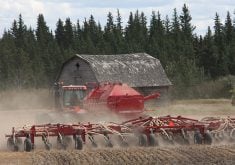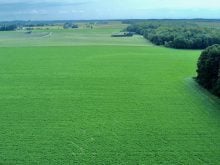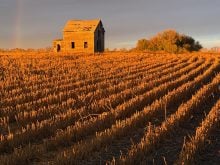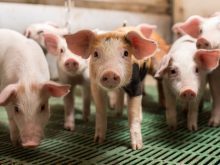The Canadian Food Inspection Agency and Agriculture Canada have formed working groups to consider alternative ways to deal with anaplasmosis in Canada.
“It (the process) is looking at other options for managing the disease, one of which could be delisting,” said Dorothy Geale, senior staff veterinarian with the CFIA.
That would mean anaplasmosis would no longer be a reportable disease in Canada.
The two groups and a steering committee held their first meetings in September. The groups will present their findings next spring.
Read Also
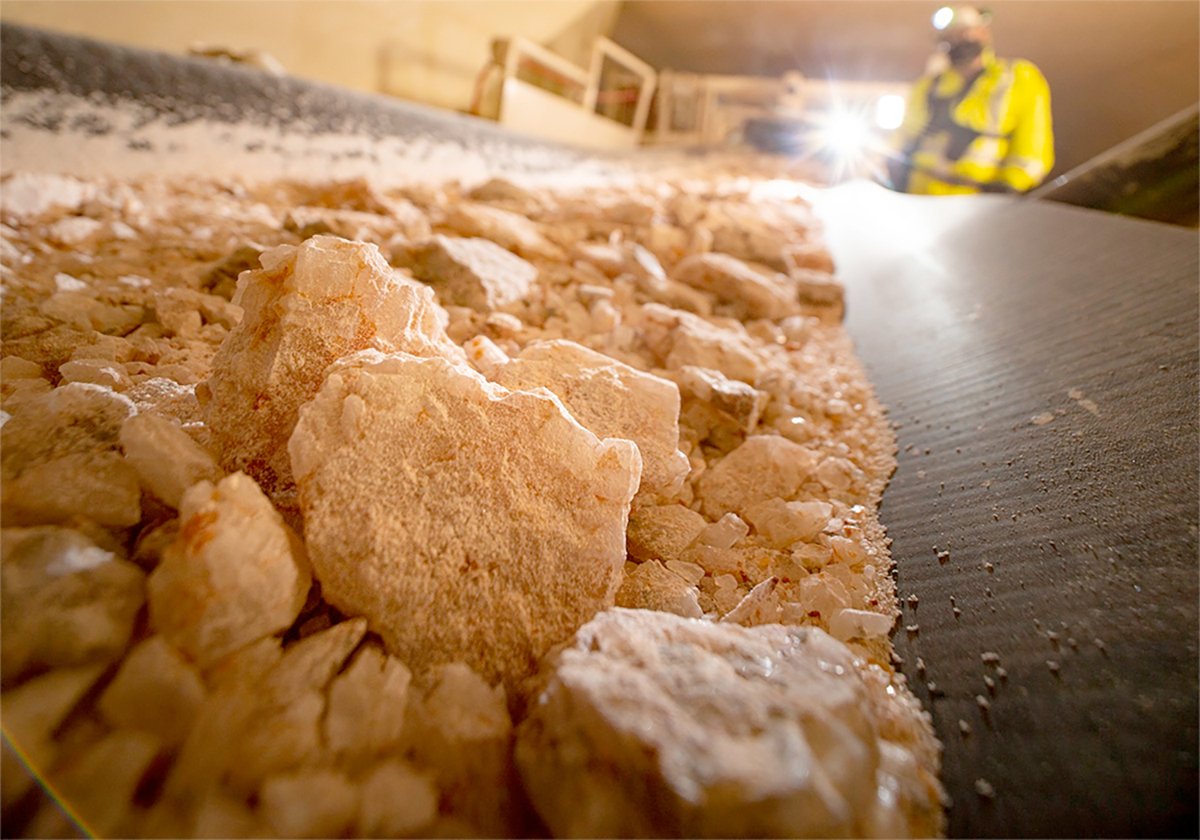
Saskatchewan looks to expand trade in Indonesia
Saskatchewan intends to increase its agricultural partnership with Indonesia.
Anaplasmosis attacks red blood cells in ruminants and is fatal 29 to 49 percent of the time for cattle older than two. The CFIA considered Canada to be anaplasmosis free until an outbreak earlier this year at eight cow-calf operations near Lac du Bonnet, Man., and a positive test on one cow in southern Saskatchewan last fall.
Another outbreak occurred this
October in southeastern Manitoba, when 43 animals in a herd tested positive in the Rural Municipality of Stuartburn.
The CFIA detected the cases near Lac du Bonnet and in southern Saskatchewan after conducting a 15,000-sample serological survey across Canada in 2007-08.
The positive results prompted the CFIA and others to take another look at anaplasmosis, Geale said.
“With the detections from the bovine serological survey of anaplasmosis in Canada, it just resurrected that whole discussion that we had and analyzed in 2007,” she said, referring to a CFIA paper published in late 2006 that provided an overview of anaplasmosis and the risks for Canada.
The two working groups will consider new research and developments since the release of that study: the CFIA group on the science and technical issues of the disease and the Agriculture Canada group on the economics of the issue.
Approximately 35 people are participating in the two working groups, Geale said, including representatives from the Canadian Cattlemen’s Association, the Canadian Co-operative Health Wildlife Centre, Health Canada, the Canadian Bison Association and the Canadian Sheep Association.
Geale said a key consideration is the use of tetracycline to prevent anaplasmosis.
“They do have approval for tetracycline in the feed in the U.S. as a preventative measure, but Health Canada has not approved the use of prophylactic treatment in Canada,” she said, because of concerns over increased antibiotic resistance.
“Canada wants to minimize the amount of antibiotics in our food producing animals.”
The lack of treatment options in Canada concern Ray Armbruster, a cow-calf operator near Rossburn, Man.
“What drugs are available in Canada, that are approved, if it was delisted?” said Armbruster, chair of the Manitoba Cattle Producers Association’s animal health committee.
The association doesn’t have an official position on anaplasmosis, but Armbruster said delisting the disease would add a burden to cow-calf producers.
“The cost and the effort to monitor … the treatment or removing animals would come on the shoulders of your cow-calf producers,” he said.
Geale agreed: “An additional disease burden is something that no producer needs.”




